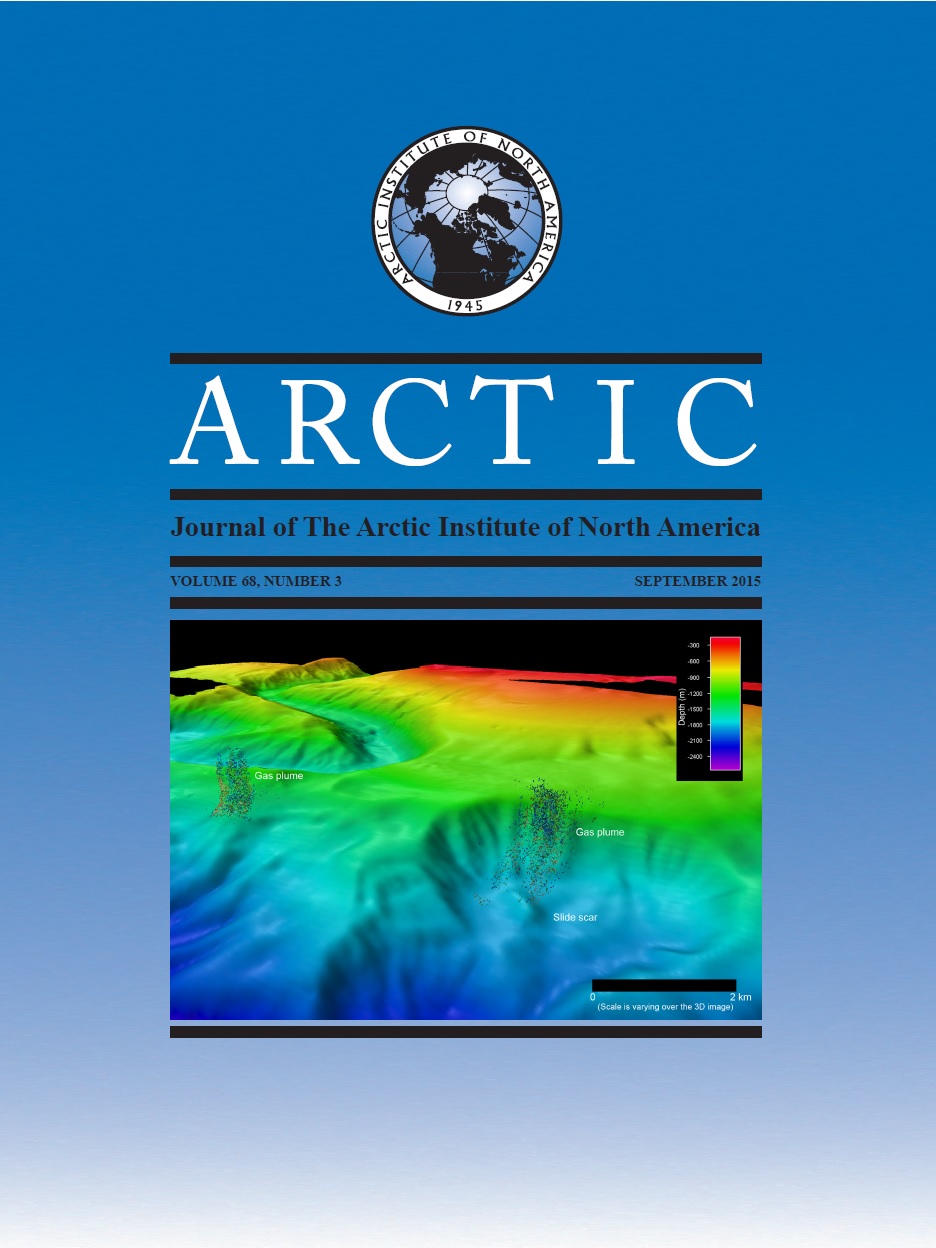Arctic Ocean Bathymetry: A Necessary Geospatial Framework
DOI:
https://doi.org/10.14430/arctic4451Ключевые слова:
bathymetry, Arctic Ocean, mapping, oceanography, tectonicsАннотация
Most ocean science relies on a geospatial infrastructure that is built from bathymetry data collected from ships underway, archived, and converted into maps and digital grids. Bathymetry, the depth of the seafloor, besides having vital importance to geology and navigation, is a fundamental element in studies of deep water circulation, tides, tsunami forecasting, upwelling, fishing resources, wave action, sediment transport, environmental change, and slope stability, as well as in site selection for platforms, cables, and pipelines, waste disposal, and mineral extraction. Recent developments in multibeam sonar mapping have so dramatically increased the resolution with which the seafloor can be portrayed that previous representations must be considered obsolete. Scientific conclusions based on sparse bathymetric information should be re-examined and refined. At this time only about 11% of the Arctic Ocean has been mapped with multibeam; the rest of its seafloor area is portrayed through mathematical interpolation using a very sparse depth-sounding database. In order for all Arctic marine activities to benefit fully from the improvement that multibeam provides, the entire Arctic Ocean must be multibeam-mapped, a task that can be accomplished only through international coordination and collaboration that includes the scientific community, naval institutions, and industry.


